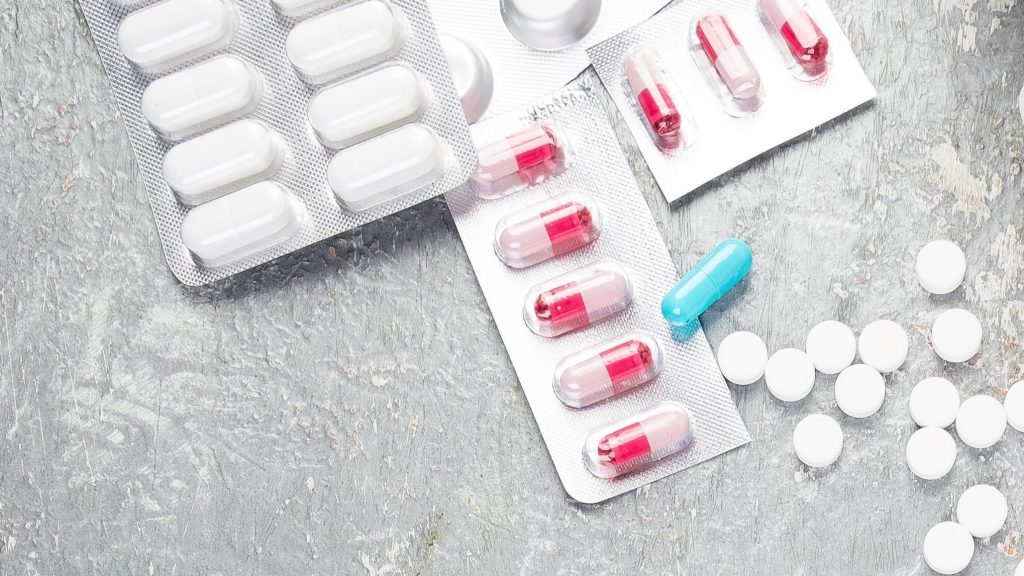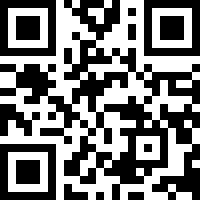Everything comes from somewhere. To be more accurate, most things come from a number of somewheres. Even something as simple as a single fruit has to be grown on a farm, sent to a preparation facility, then from there to a packing operation, to a distribution center, from there to possibly another distribution center if you bought that fruit at a chain retailer, then be sent from there to the store, and then from the store to your home. This is a supply chain for the apples you bought at the grocery store.
Virtually everything we can buy has a similar process. From production to consumption, most things have many points where something unsavory can penetrate the supply. It’s weird to think that there would be counterfeit apples out there, but counterfeit drugs are an ever-increasing issue. Today we’ll be taking a look at what a pharmaceutical supply chain looks like in the United States.
Pharmaceutical Manufacturers
Most medications in the United States come from a small number of large multinational companies. More than half are sold by the ten largest corporations, such as Pfizer, GlaxoSmithKline, and Johnson & Johnson. There are other companies which make generic version of the brand name drugs. These companies manage the distribution from the manufacturing facilities to wholesalers, but sometimes also directly to large, usually government-run programs, such as relief or vaccination organizations.
Some drugs are monitored by government agencies, and those that require special barcodes on the packaging receive them at this level. This is so that production lots (groups) can be isolated in case of a problem, prescription errors can be avoided, and individual packages can be tracked.
Wholesale Distributors
Wholesale distributors buy drugs and other pharmaceutical products from the manufacturers and sell them to a variety of different entities. Pharmacies, hospitals, clinics, physicians, diagnostic labs, and any other organization not able or unwilling to purchase medications directly from the manufacturer get their supply from distributors. In the past, there was a more traditional model of buying from the manufacturer and selling to pharmacies etc., but have since developed new business models, such as drug repackaging, reimbursement, and buy-back programs.
Like manufacturers, the majority of distribution is handled by a small number of companies. In this case, almost 90% of the wholesale drug market is accounted for by three distributors: McKesson, Cardinal Health, and Amerisource-Bergen.
Pharmacies
For the sake of simplicity, we’ll consider pharmacies to encompass other places a patient could get medicine, such as doctors’ offices, labs, and other healthcare locations. In any case, pharmacies order drugs from the distributors (and in rare cases, the manufacturer) and hold a physical supply to sell to customers. In addition to selling the medicine, pharmacies should ensure the safe storage and distribution of drugs, be able to provide information about them and their use and manage insurance and payment plans.
Pharmacies also serve as an important link between the general public and the rest of this supply chain. Most of the operations carried out by manufacturers and distributors are done electronically, without much input, so pharmacies serve as an important source of information for the other companies.
Pharmacies also have to manage the distribution of controlled medications to patients. They are responsible for ensuring people don’t purchase too much of a potentially dangerous and addictive drug for illegal resale.
At IDLogiq, we’ve been researching supply chains for drugs all around the world in an effort to understand how counterfeit medications enter circulation. At any of these points, there could be an influx of fake drugs, which poses a real and specific threat to the health and safety of anyone receiving them. We’ll be talking about each of these in their own blog posts in the future, as well as taking a look at the drug supply chains in other places, which aren’t as secure as the United States.


